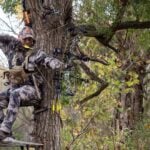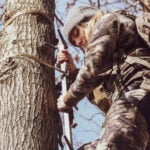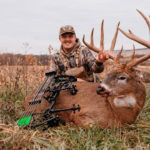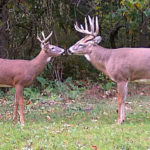Even though we own more land, the best hunting on our farm in the past three seasons has occurred in the 40 acres right around our house.
It is almost bizarre how many big deer we have seen and actually shot in that small area even though we live in the house and have two young children who play in the yard almost every day during the summer.
I think there are four reasons why it has been so good. I’ll take them one at a time.
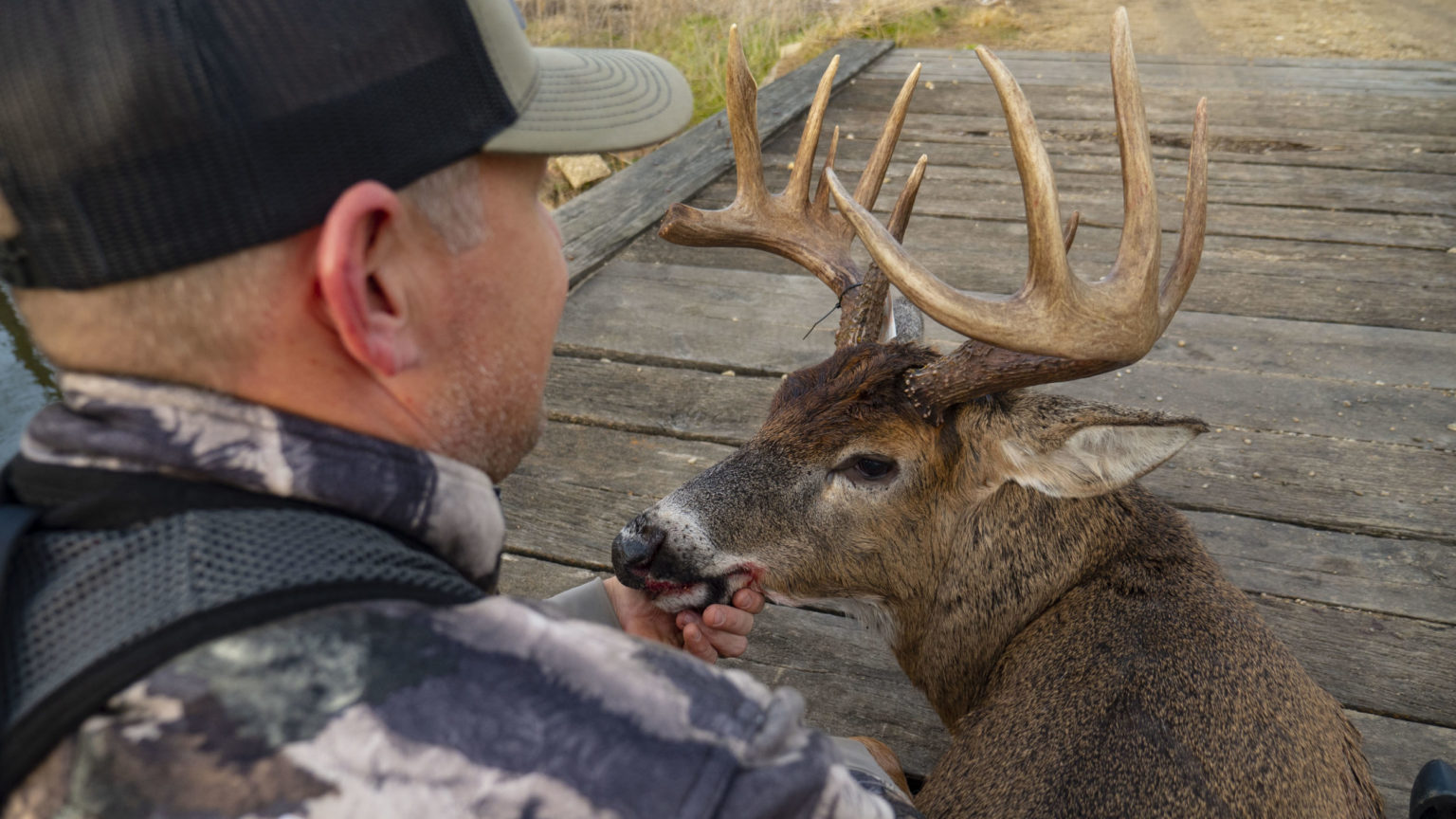
Food, Food And More Food
Because I spend so much time around the house, working from a home office, I naturally see the most, and often the biggest, deer in this area. It is because I am looking every day.
I guess I tend to concentrate the food in the places where I have been seeing big deer, so naturally the cream of the crop food plots end up in my backyard.
When we first moved into this house and bought the farm (so to speak) there was only a small 2-acre plot in this 40-acre area. It was played out by early November – just enough to give the deer some idea that they could occasionally find food here.
The first thing I did was add another 21 acres of food. Every open field on the 40 acres had standing crop or Whitetail Clover planted come the next fall. That really pulled the deer that first winter and they definitely knew they had found something special. I knew that too.
One thing you will notice fast about deer when you start planting food plots is how much their lives are governed by habit.
It is interesting how the same family groups use the same trails and the same feeding areas from one year to the next.
You can put in a new plot and they will seem to miss it the first year even though it is only one-hundred yards from other plots they have used heavily in the past. But, by the second year you will notice that they are hammering it just as hard.
It takes about one year, in most areas, for the deer to fully incorporate a new food plot into their daily movement patterns. But once that is done, they will flock to that area every year at certain times.
I was talking with a friend about this recently when he smiled and said, “I used to feed the deer shelled corn on one of the properties I owned. I did it during the winter after the hunting season so they would be using the farm more during antler dropping time. They would flock in there every December and stay through March.
Then I stopped feeding them there. They still flocked in and stayed until March for two more years before they gradually stopped showing up.”
I am getting to an important point, they will learn to come to your backyard gradually over a couple of seasons, but once it becomes a part of their routine, they will come there as much out of habit as for the food.
You can create a captive audience of deer simply by making your backyard the center of their universe. You do that, in large part, with food.
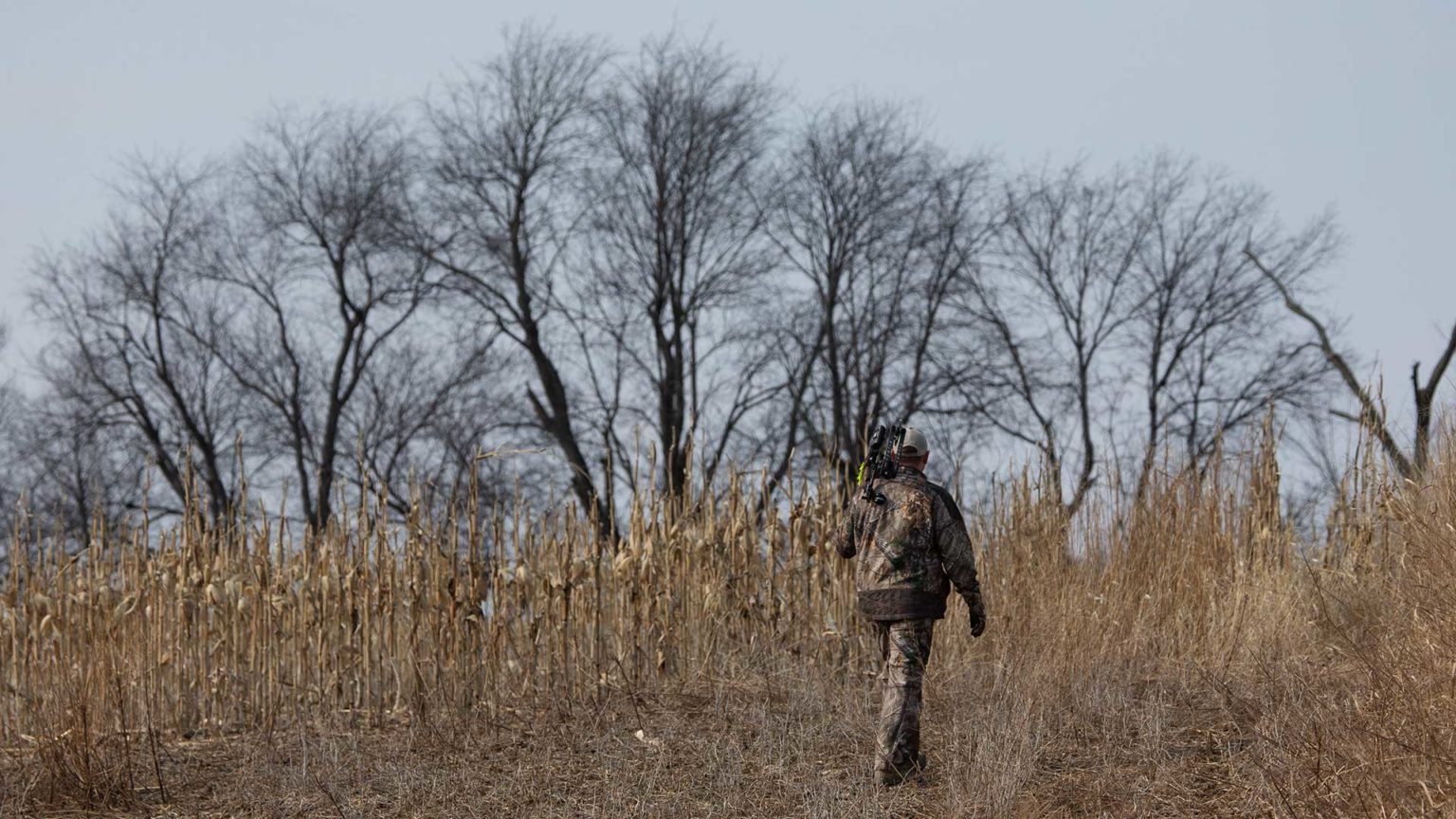
When I increased the acres of food in that same area, it fully ingrained this pattern. Even after I started to plant food on other parts of the farm, the deer still used the area around the house consistently.
I am going to come back to what I think you should plant and where you should plant it in a bit, but first a discussion of the other two reasons why I think the backyard is so good.
Sanctuary
Two blocks of timber straddle the house. We rarely hunt in these so they serve as mini-sanctuaries within the 40 acres. While they don’t hold very many deer, they do hold a few and they do produce security for other deer that come and go.
I’m not sure why, maybe they like to keep an eye on us, but the biggest bucks often show up very close to homes. Possibly this is just a matter of common sense also. People usually don’t like to have gun hunting near their homes so these blocks of timber go virtually unhunted and undisturbed.
We try to use the property, but the kids have been young enough up until now that they didn’t roam the woods much during the summer so the deer had these areas all to themselves.
I have even seen bobcats when hunting the edges of these sanctuaries so they are like little pockets of wilderness within an otherwise tame world. As the kids get older, I fully expect these woodland pockets of be infiltrated by pirates, cowboys and bank robbers. Then the hunting will suffer, but that is fine too.
I have done a lot of timber stand improvement in the areas around the house. I figured that if the deer are laying there looking at us every day (and us looking at them) they aren’t going to hang around for very long.
So, I hired a small crew and we cut down all the junk trees in those timbers near the house. That was four years ago. Now those areas have the thickest cover on the farm – and some very productive oak trees. That provides much improved security for nearby deer.
The backyard is also good because we don’t have a roaming dog. In fact, we don’t have a dog at all. If we do get one, and our son is now asking for a puppy, it will not be the roaming variety.
We may use underground fencing to keep it confined to certain areas, but it will not be roaming the woods. That would be a surefire way to keep deer out.
Better Hunting Strategy
When you only have a small area on which to focus you tend to hunt it smarter – if you don’t, you soon will be seeing nothing. When we first bought the house, we had a limited amount of acres and I learned to hunt them very well.
I spent dozens of hours during the off-season trying to figure out the very best places for my stands and the very best entry and exit routes so that I could get in and out of that small area consistently without spooking deer.
I used ditches, tree lines, the levee of the pond below the house, the kid’s swing set – you name it – to cover my comings and goings. I remember telling my friend how to find one of my stands and he started laughing.
It went something like, “You sneak around the end of my shop, get down low and keep the LP tank between you and the corner of the yard, etc…” You get the picture. It is much easier to come up with the ultimate hunting strategy when you are focusing on a small area.
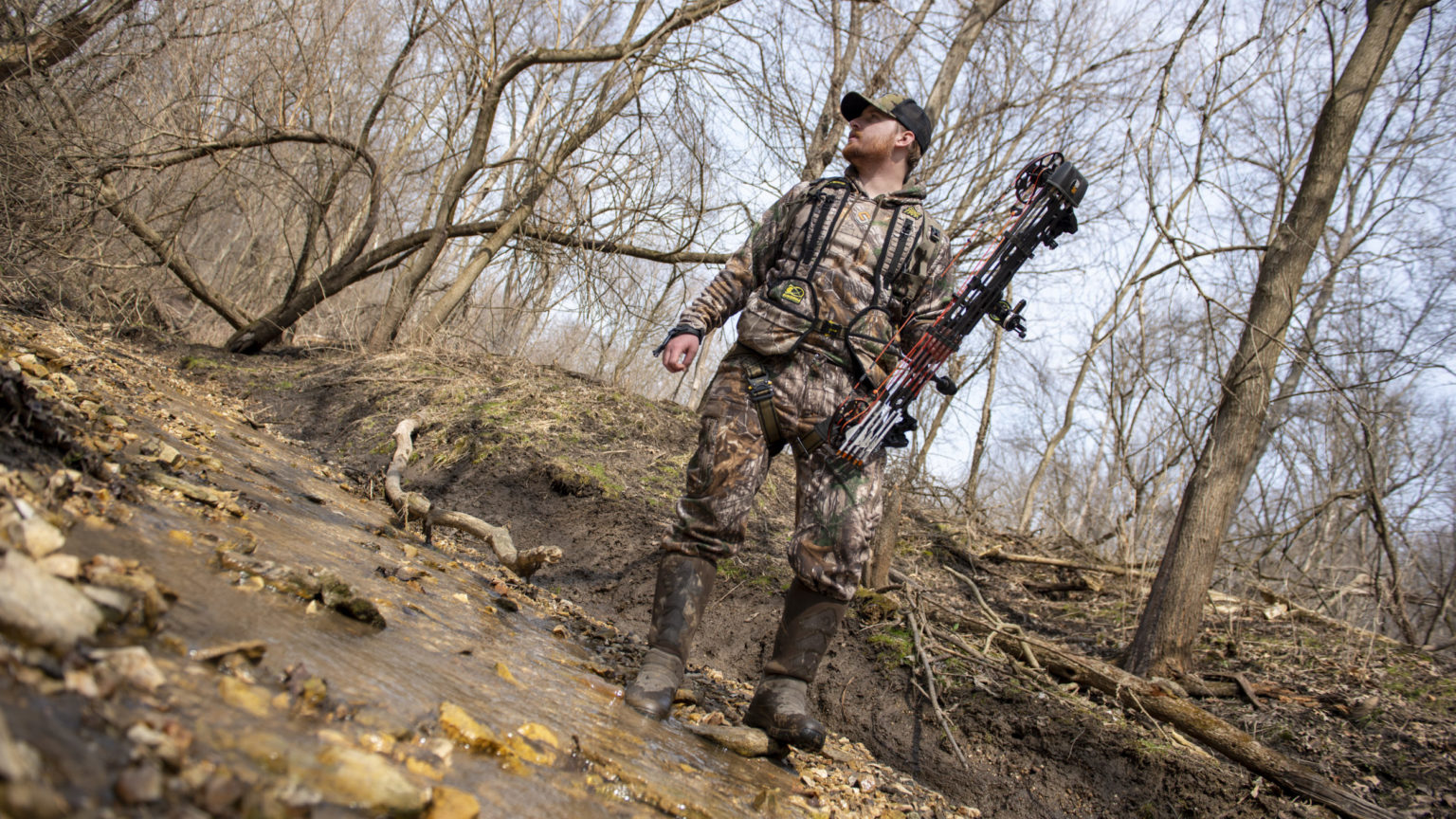
In other words, if you want to have great hunting in your backyard you have to hunt it very carefully and spend the time needed to devise a foolproof plan.
They are still wild whitetails and being such, they still react to intrusion by changing their behavior. As long as they are moving naturally, you have a great chance of shooting one, but once they become defensive, the jig is up and the patterns become nocturnal.
Most hunters know how to play the wind when hunting a stand, but many make the mistake of not paying nearly enough attention to the route and method they use to get in and out of that stand.
When hunting a small area, the entry and exit is much more important than the stand location itself. You must learn to hunt the stand in a way that as few deer as possible (zero is best) ever realize you are hunting them.
Sometimes you have to be creative. I use ditches a lot to sneak in and out of my backyard honey-hole; and I use the nearby county road a lot because deer are used to some activity in this area and will ignore it.
By creative, I mean you have to find ways to use normal human activity patterns – ones that deer have come to accept as non-threatening – to camouflage your travels. Deer get used to these disturbances and don’t pay them any mind.
Though I hunted several parts of North America, including some great areas, I saw the biggest buck of the 2003 season within 200 yards of our house.
At the time, he showed up, the kids were fighting in the backyard play area and my wife stepped out on the deck to yell at them. The buck never so much as looked in that direction. I almost laughed. So much for a pristine hunting experience.
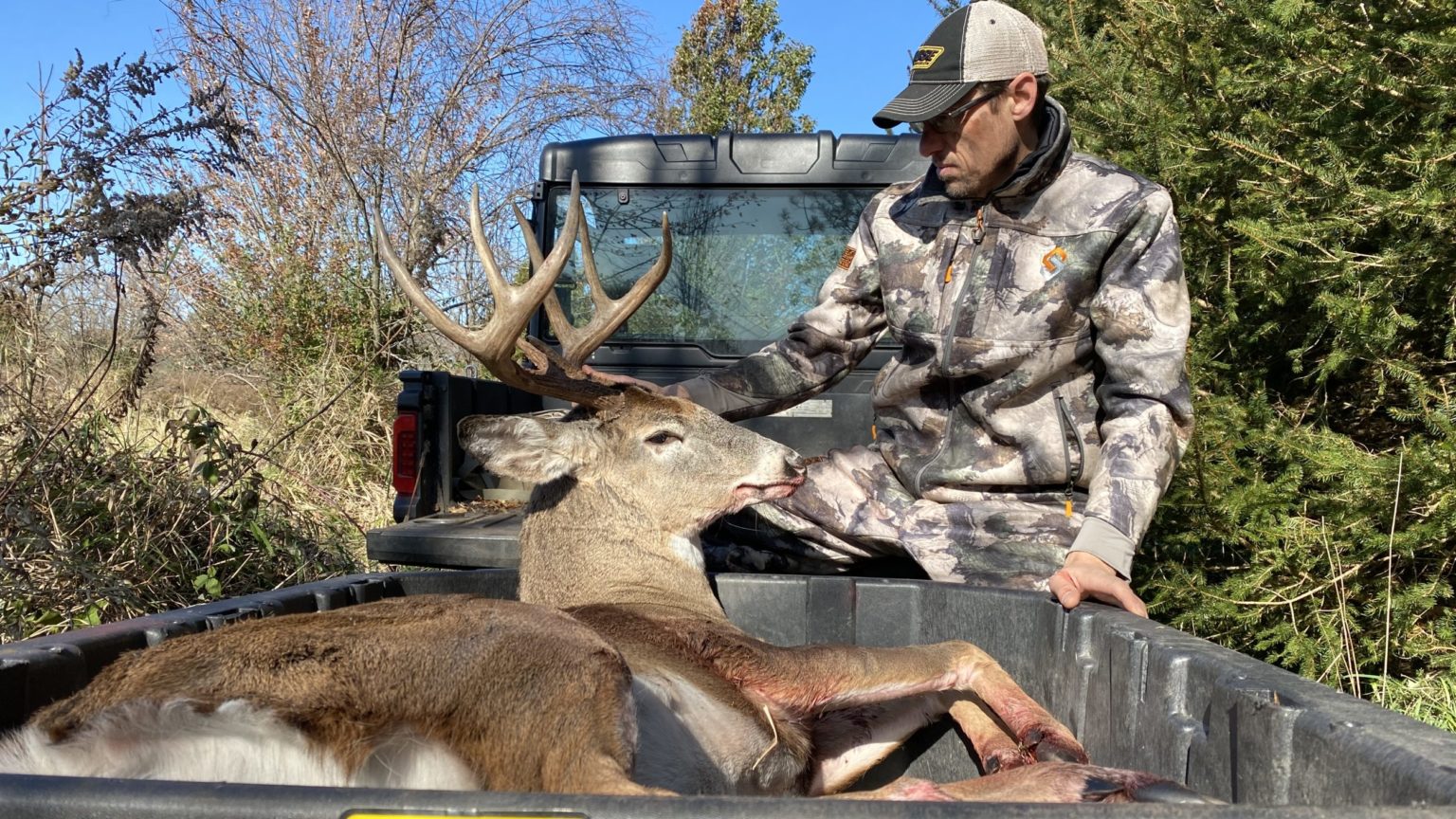
Unfortunately, the buck’s movement that day didn’t bring him within bow range, but it was an important lesson. They ignore disturbances once they get used to them.
I guess the kids fight often enough in the backyard that the buck could ignore it. Hmmm, maybe these deer know more about our kids’ habits than we do.
Here’s another example, suppose a neighbor goes out every day at a certain time to cut firewood on the property bordering you.
He may often mention seeing deer that trot away from his approach. No doubt, they drift back quickly after the chainsaw grinds to a stop and the truck of tractor pulls away.
It is routine, why shouldn’t they? If you could ride with him when he goes to cut wood, there is a great chance you could climb into a sensitive stand in a bedding area that you would otherwise never be able to hunt.
Let him bump the deer out naturally and then when he leaves you will be there to greet their return.
Stuff like that is fun to devise and it works amazingly well. Anything you can do to match normal human activity will work great. After all, it is a backyard; the deer have patterned the people. Put that to good use.
Also consider exactly where you sit when hunting your food sources. Because everything is compressed, you don’t necessarily need to sit right on the food. In fact, it makes sense not to in most cases.
Instead, set up on travel routes where the deer will be past you and out of sight when it is time to climb down. Otherwise, you must arrange for a diversion to move the deer off the field naturally so you can sneak away.
You may be thinking that a diversion, such as someone driving up on an ATV, that nudges the deer off the food source so you can sneak out is the best strategy. It is a good approach if used very sparingly.
Deer may tolerate a little of that without changing their patterns, but you definitely can’t get away with that every evening. They don’t like to be disturbed and if it happens regularly they will simply wait until after the ATV comes and goes before they step out to feed.
It is better to plan on hunting the deer far enough from their food that you can get out of there quietly and undetected when it is time to quit.
What to Plant and Where to Plant it
I could write a book about this if I were smart enough. It is a vast subject. But, I’m going to sidestep the blizzard of sophisticated options here and just focus on the basics.
You need summer food and you need winter food. As long as you have both in good supply, you will turn your backyard into a feed trough. Again, keeping things simple, clover is an ideal summer food.
Deer will flock to its tasty, high protein leaves. When it comes to winter foods, a combination of brassicas (such as turnips or dwarf Essex rape) and basic agricultural crops, such as corn and soybeans, are great choices.
Just a word of caution, don’t plant corn unless your plot is big or your deer density low because deer will wipe it out in mid-summer and you won’t get any winter food for your investment. By the way, clover is way better for deer than corn during the critical summer antler-growing months.
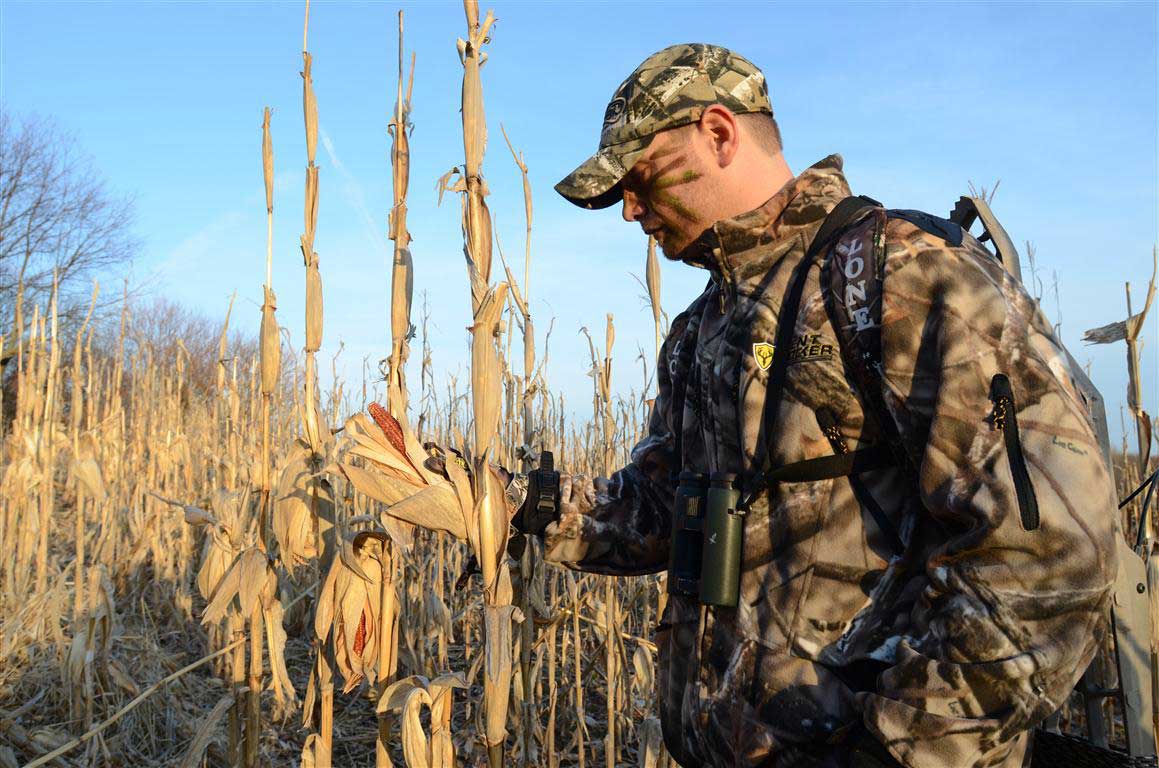
Now the question of where to plant. The simple answer is anyplace you can. Your backyard is only great if there is food there.
The standard equation is to plant up to 10% of your hunting area into food plots, but if you can plant more, you will be rewarded – especially during the late season when the neighborhood deer have few other options.
I probably have about 20% of my backyard in food plots right now. Some years it is as much as 30%. When we first bought the place, I put 50% of those 40 acres into deer food – every acre of open ground I could get. No wonder the place became a deer haven within just one short year.
If you have limited acres, the best way to overcome this disadvantage is to plant tons of food. Ideally, you will have something very attractive for the deer to eat all year long without a single day when the grocery shelves are empty. I would plant 1/3 of my acres to summer food (clover) and 2/3 to winter foods (a combination).
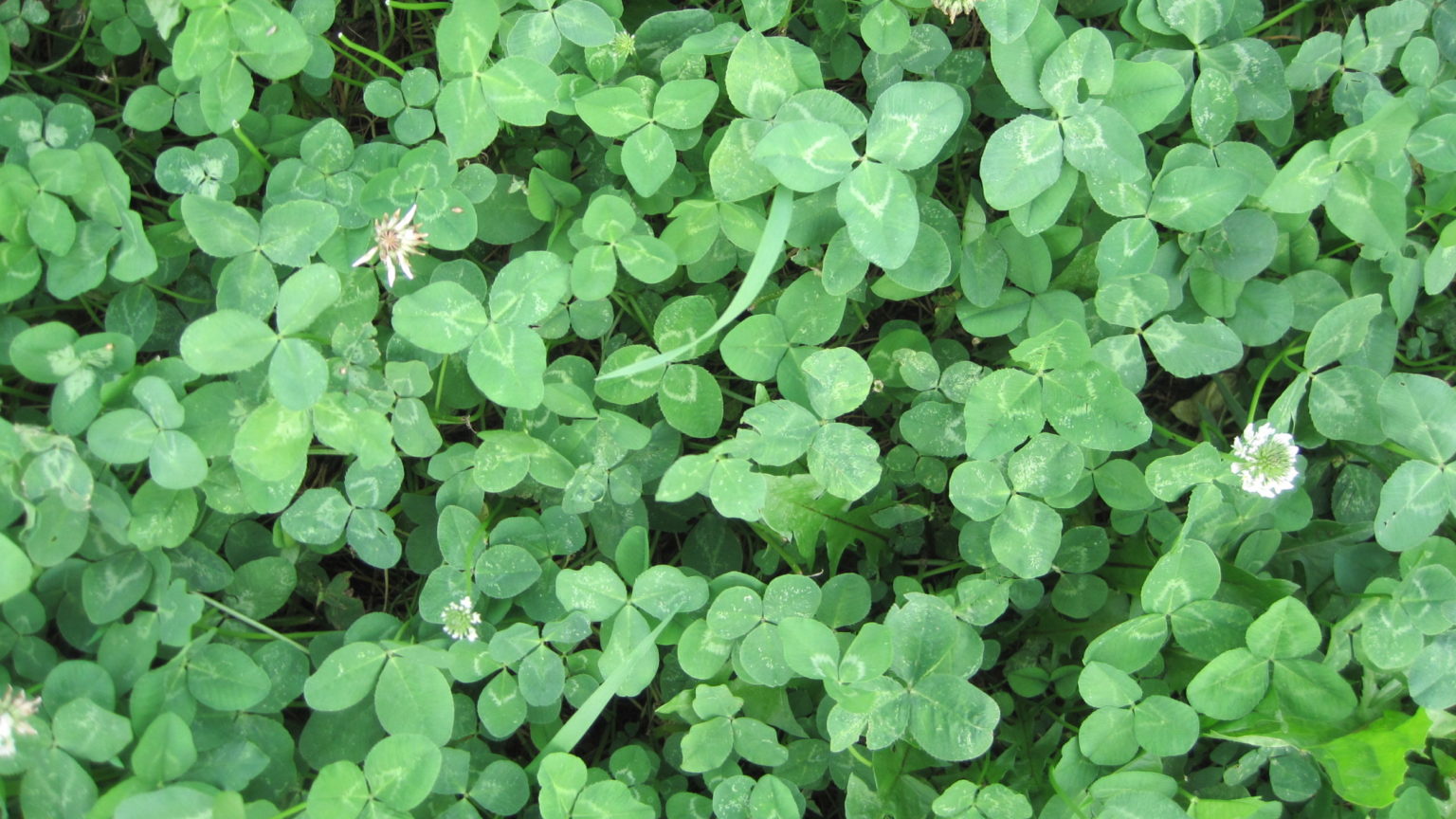
If you have enough open acres that you can choose where to plant, focus some of your most attractive food sources in hidden corners where the deer feel safe coming out in daylight.
Otherwise, just plant everything you can. It is a very good use of your deer-hunting budget.
Here's the Kicker
This ideal whitetail world doesn’t have to be confined to your backyard. You can create it anywhere. In fact, if you break your hunting property up into 40-acre units then manage and hunt them in the focused method I laid out here, you will learn that every part of your property can be as good as your legendary backyard.
In fact, you will soon have way more great stand sites to hunt than you have time to hunt them – a good situation to have.
Unfortunately, human nature suggests that we will take the easy way out when we think we can get away with it. We tend not to go to this much work on a large scale.
Where we might go to the ends of the earth to keep deer from detecting us when hunting 40 acres around our house, we may walk to and from stands by the easiest route when we think we have the luxury of burning out that stand and moving on to the next one.
This is fatal thinking. It produces sloppy hunting (and sloppy deer management). Sloppy hunting rarely results in trophies.
Much of the reason that our backyard has been so good in past seasons is because of all the food the deer have learned to find in these places. It is the neighborhood breadbasket. However, it has also been good simply because I have hunted it more carefully than other areas of the farm. That is a lesson I will take to heart and apply everywhere I can. My backyard success may be a good lesson for you too.

